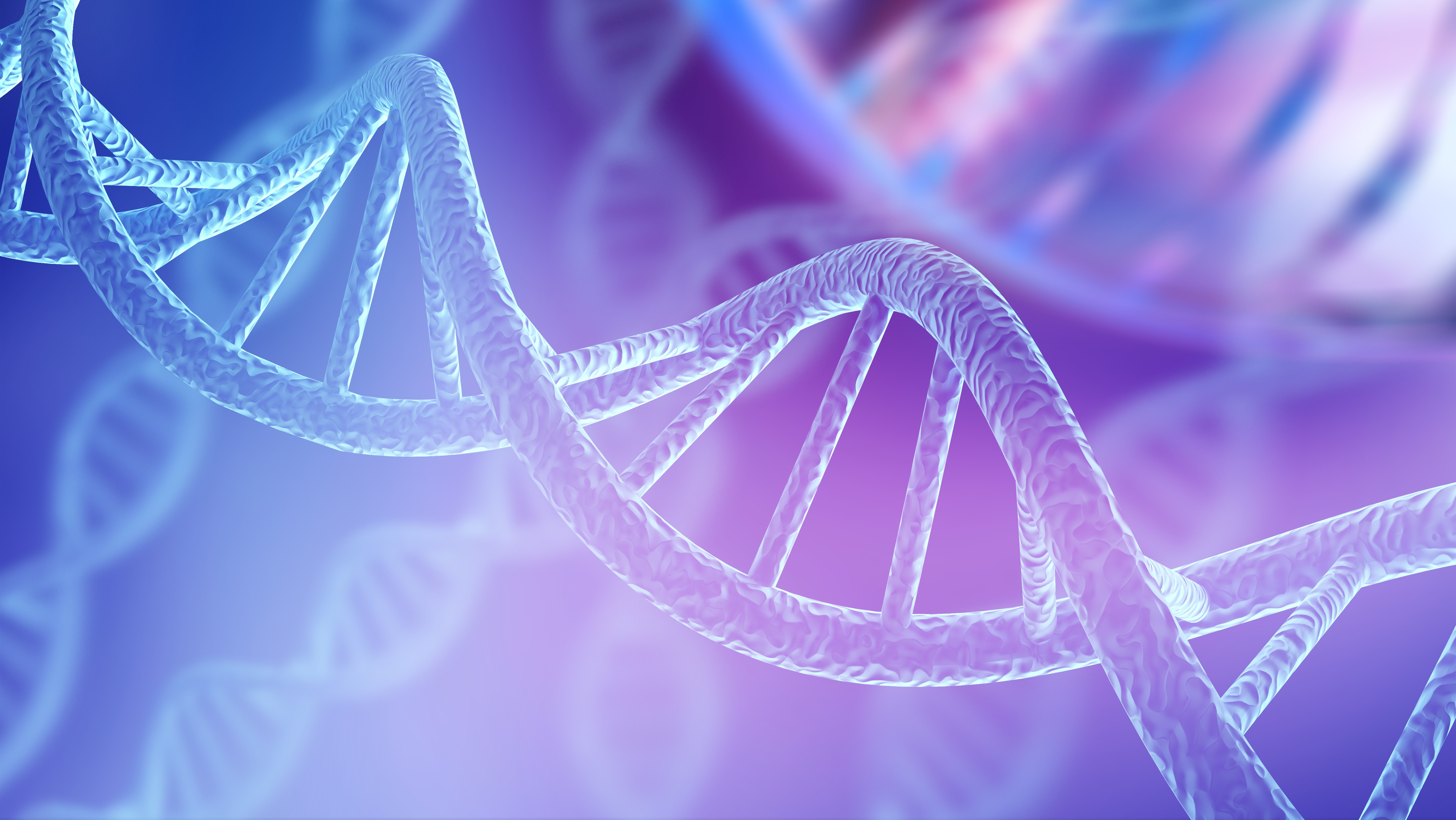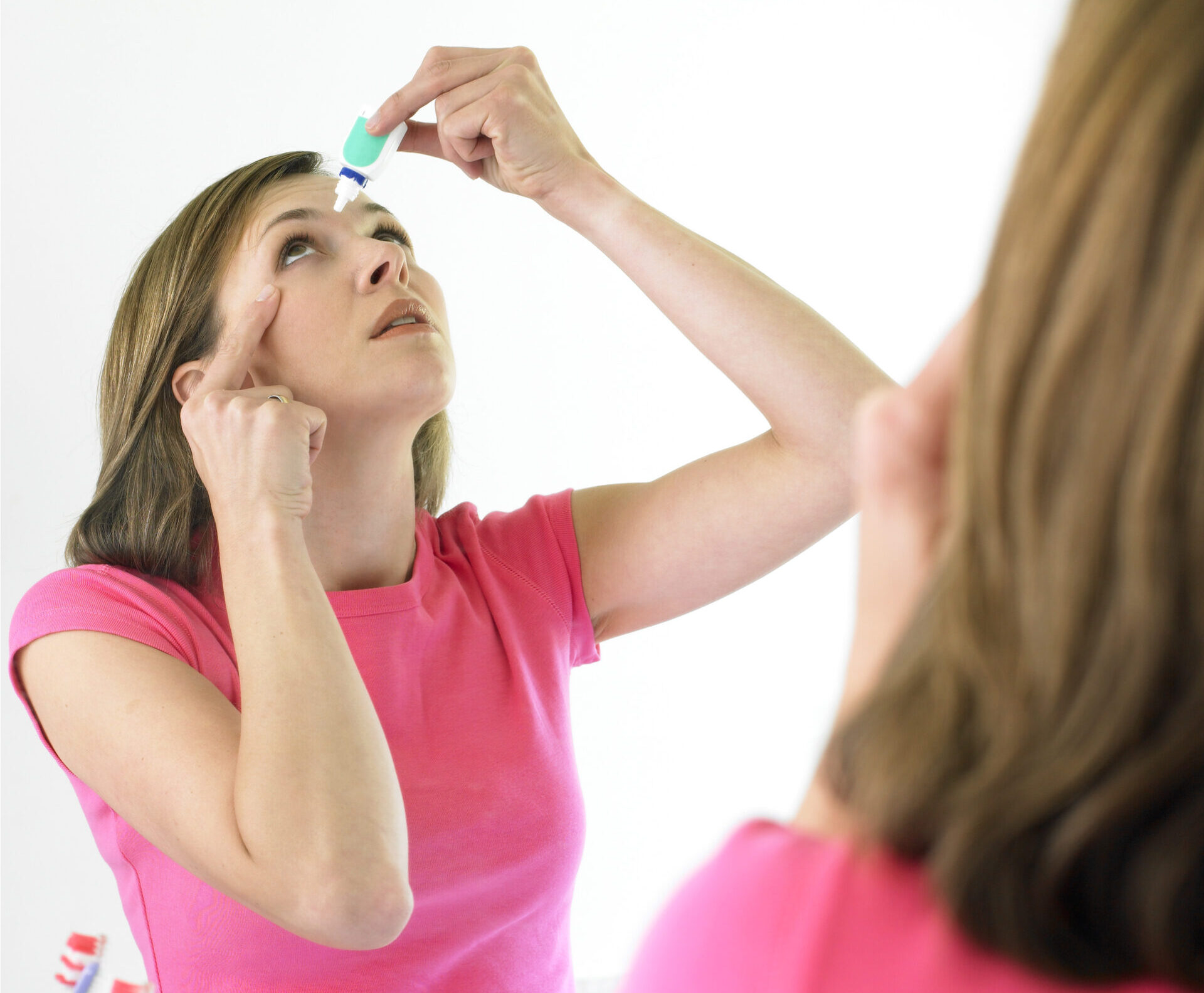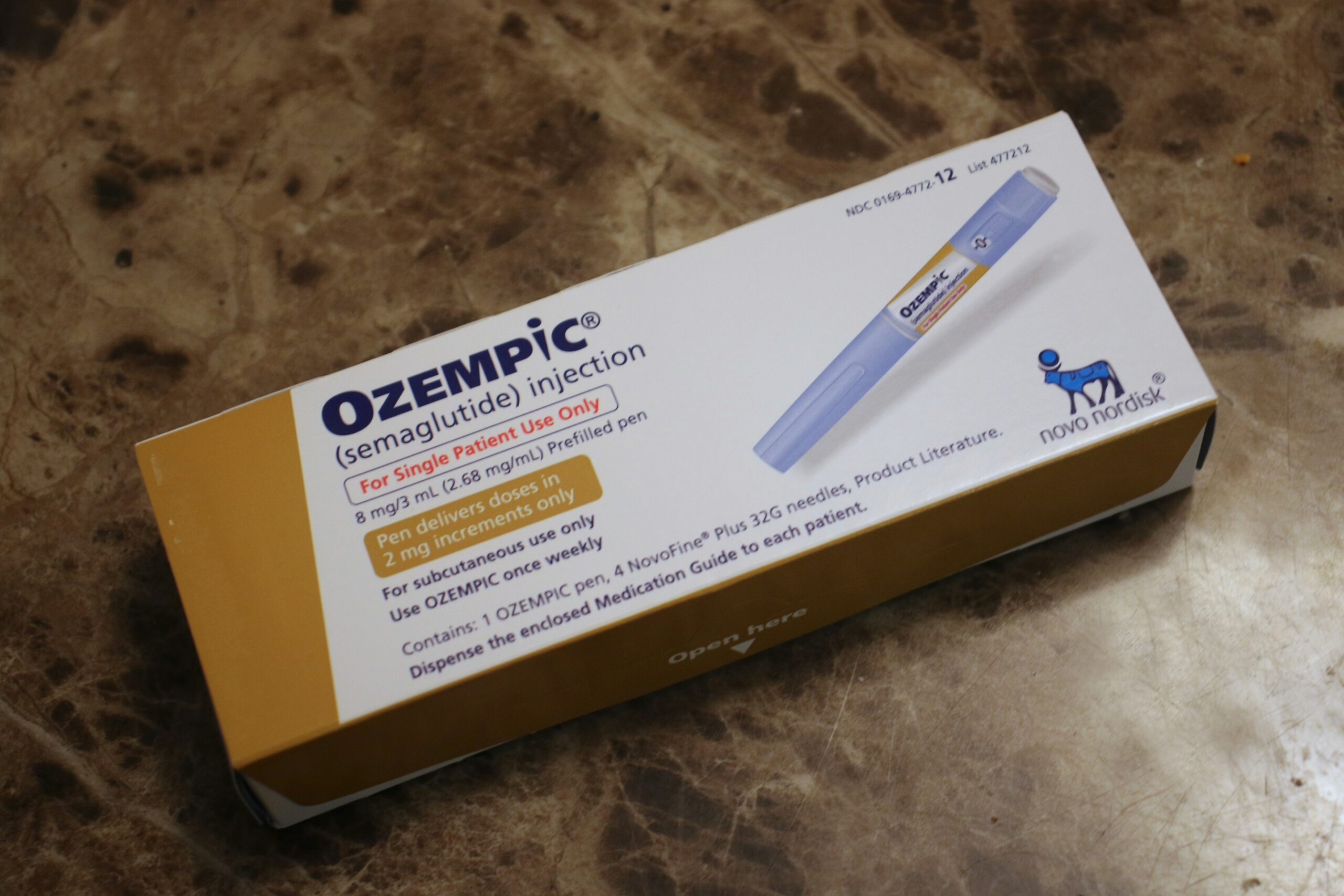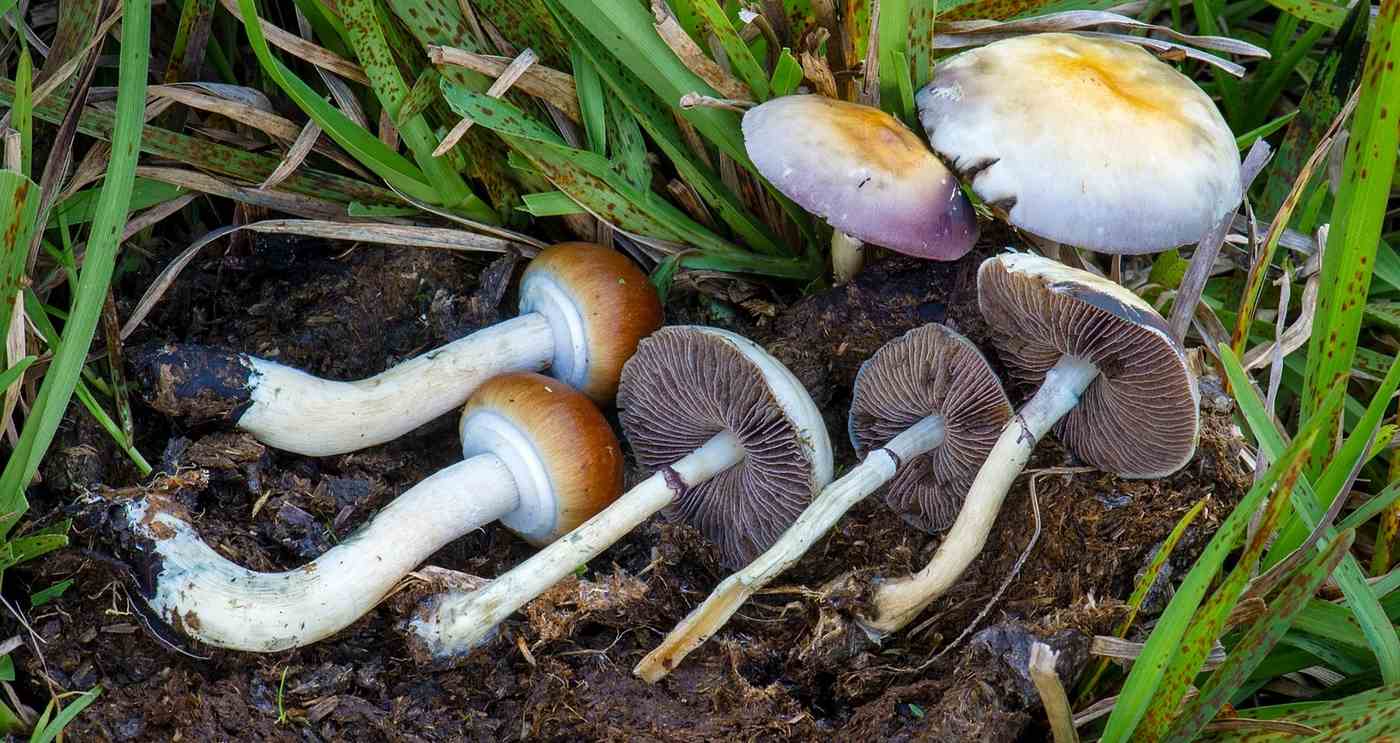The supplement industry is making a killing off of two anti-aging compounds called nicotinamide riboside (NR) and nicotinamide mononucleotide (NMN) on the basis that they are NAD+ precursors that have been shown in some studies of mice to elevate circulating levels of NAD+, one of the most important chemicals in the body.
NAD+ is created endogenously in copious amounts and is needed for many major functions and repair processes within our cells. Its decline as we age is linked with age-related morbidity, and as a result, some vocal researchers have identified NR And NMN as potential amelioratives of the aging process at large.
However, while products like TruNiagen and Moleqlar offer consumers a way to get independently tested and verified supplements of these compounds, they are being sold in doses that are manifold lower than what is typically given to mice in laboratory studies.
For example, Moleqlar’s powdered NMN product which the company claimed is lab tested for purity, costs $180 for what is, according to this study in mice that lasted 12 months, a mere 5 daily doses for a 72-kilogram person, which amounted to 300 milligrams per kilo of bodyweight for the mice.
For perspective, what did this level of dose provide to the mice of the study? “Tissue NAD+ levels 60 min after oral [administration ]of NMN… did not reach statistical significance at this particular dose, relatively small increases in NAD+ levels were observed in the liver, skeletal muscle, and cortex of the brain”.
The study is noteworthy and very valuable, however, because it also showed that this dose given over 12 months could increase various metrics of athletic performance, reduce fasting insulin levels, and reverse a variety of age-related gene expressions. But a 72-kilogram person would have to be taking 21.6 grams of NMN per day for a time period that might extend to or past 12 months in order to mimic the study conditions, over which time they would have consumed 7,884 grams of NMN, at a cost $1.4 million with Moleqlar’s product.
Two other studies that looked at the effect of NMN and NAD+ levels in addition to other biomarkers of aging used 500 mg per kilo per day.
TruNiagen, a product that contains thirty 300 milligram capsules of nicotinamide riboside (NR) independently verified as capable of elevating cellular levels of NAD+, equates to 9 grams per bottle.
This study in mice which found that NR supplementation, “rapidly ameliorated functional deficits and restored muscle mass despite having only a modest effect on the intramuscular NAD pool,” and this one which “significantly attenuates cognitive deterioration in mice and coincides with an increase in the steady-state levels of NAD+ in the cerebral cortex,” used 400 milligrams per kilo per day, and 250 mg/kg/day respectively.
Regarding the former, this equates to 28.8 grams of NR per day, or around 3 whole bottles of TruNiagen per day, amounting to $75,000 for the study period of 3 months.
Under these conditions, it’s unsurprising that some people are deeply skeptical about these compounds emerging into the supplement industry. NMN and NR became particularly well-known through popular podcasts that hosted longevity researchers like Dr. Rhonda Patrick and Dr. David Sinclair who spoke about these trials and the excitement around the various therapeutic benefits seen in mice of these well-tolerated natural compounds. Peter Attia however, another longevity researcher, believes that there is simply not enough evidence, for example almost nothing with humans, to suggest that NMN and NR can reverse the aging process in any meaningful way.

Resveratrol and OPC (proanthocyanidin)
There are other longevity compounds that have been extensively studied that the average person actually can afford to take in the amounts that were given to mice in studies showing their effectiveness. Resveratrol and OPC may not be the vaunted NAD+ precursors, but they act on the body in other ways that may be able to lengthen lifespan and healthspan without actually reversing the aging process.
In 2020, WaL reported that in a study where healthy individuals were given a 6-week course of 40 milligrams of resveratrol derived from the extract of a plant called Japanese knotweed, multiple anti-inflammatory effects were observed. Reductions in pro-inflammatory markers such as the expression of pro-inflammatory cytokines TNF-Alpha and IL-6, as well as the concentrations of reactive oxygen species were noted after the trial.
IL-6 and TNF-Alpha are significant hindrances in longevity, with TNF-Alpha being correlated with every disease known to man.
The most significant way in which resveratrol acts to improve longevity is through sirtuin activation. Sirtuins use NAD+ to control the genes involved in some of the most critical systems in our biology including energy metabolism, circadian rhythms, autophagy, DNA repair, and cell survival. One study found that not only does resveratrol activate sirtuins, but it increased the lifespan of yeast by 70%.
OPC or oligomeric proanthocyanidin, is a polyphenol found in grape seed, a supplement for humans and livestock with long decades of published research. In a study in mice, applying 20/mg/kilo/day of a particular OPC called PCC1 to aged mice, the scientists were able to restore youthful muscle function in a variety of strength and endurance tests, as well as extend overall lifespan. The mice were equivalent to the ages of 75-90 in humans, and the dose of PCC1 from grape seed extract increased their remaining lifespan by over 60% or increased their total lifespan by approximately 9%.
Senescent cells, which grape seed extract was thought to potentially diminish, are one of the nine hallmarks of aging. They are neither living nor dead, neither function normally, nor directly attack our bodies, but are rather stuck in a kind of cellular purgatory following mechanisms within the cell deactivating its ability to divide; normally following exposure to chemicals or ionizing radiation. They do however strongly drive excess inflammation in the body through the secretion of a nasty element called SASP.
WaL reported on a variety of studies on OPC, including a series of in vitro tests done on various human tissues which found that PCC1 finished off as much as 90% of the senescent cells, and others that found it promoted the regression of tumors, the lowering of resistance to chemotherapy drugs in the tumor microenvironment, and previous research has also shown that procyanidins like PCC1 can chelate metals (the scientific term for “detox”), scavenge free-radicals, prevent the production of reactive oxygen species, and reduce hyperperoxide formation.
Grape seed supplements will often carry the extra “OPC” which will generally have its own milligram measurements: for example 1,000 milligrams of grape seed extract, and 150 milligrams of OPC. 20 milligrams per kilo of body weight would amount to around 1,600 milligrams of PCC1 for a 180-pound man, or 1,200 milligrams for a 130-pound woman.
Not all of the OPC in a grapeseed supplement will be PCC1, which was found to have these effects on senescent cells and endurance, but if there were ever a case, as some argue for NMN and NR, that it’s worth spending money on even if no one knows whether it will extend your life because it’s your life in the discussion, grape seed and OPC at least will be taken in amounts that have been shown to provide other beneficial effects, as many polyphenols can. WaL
PICTURED ABOVE: Licensed from Shutterstock, 2019.



